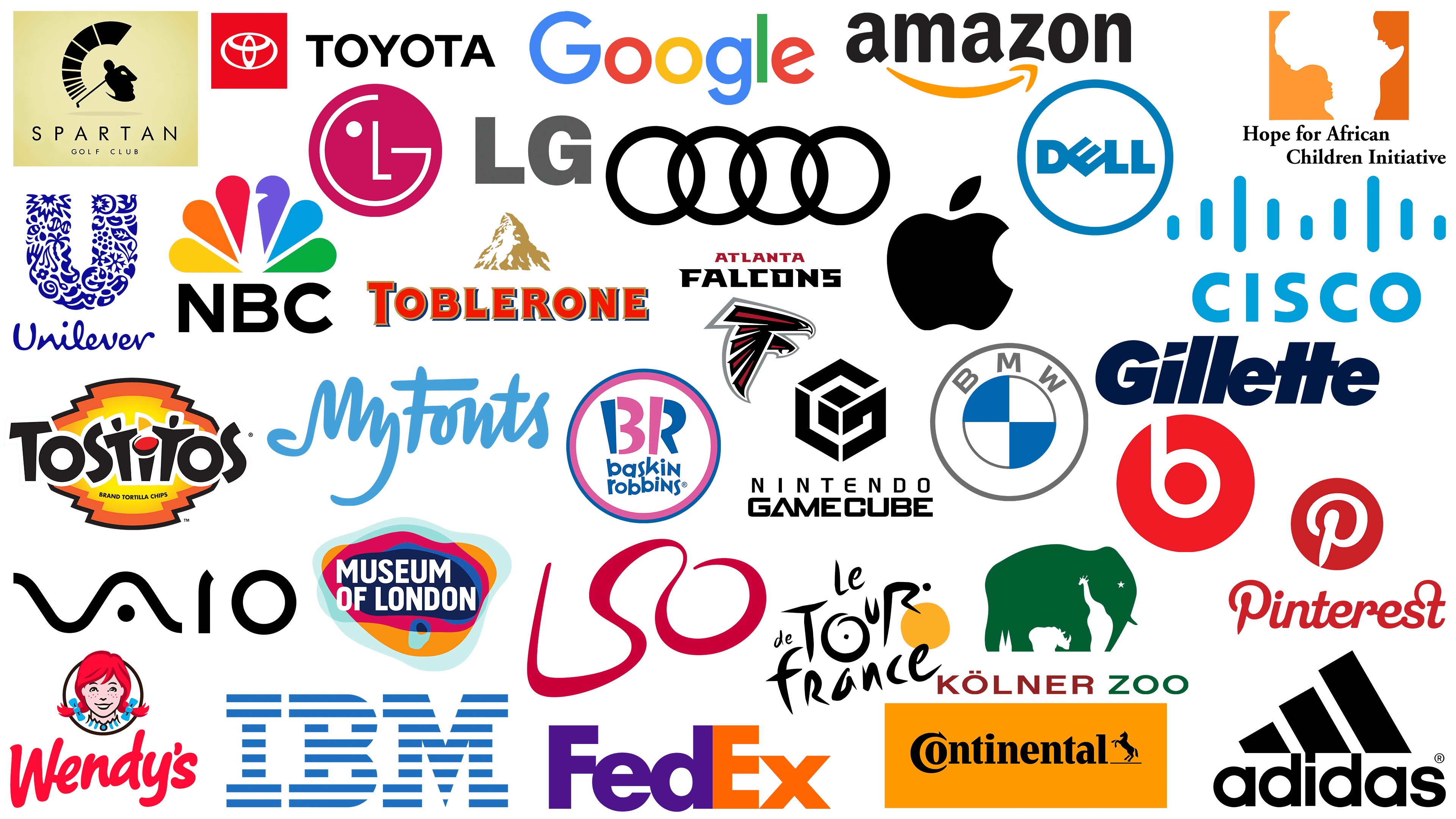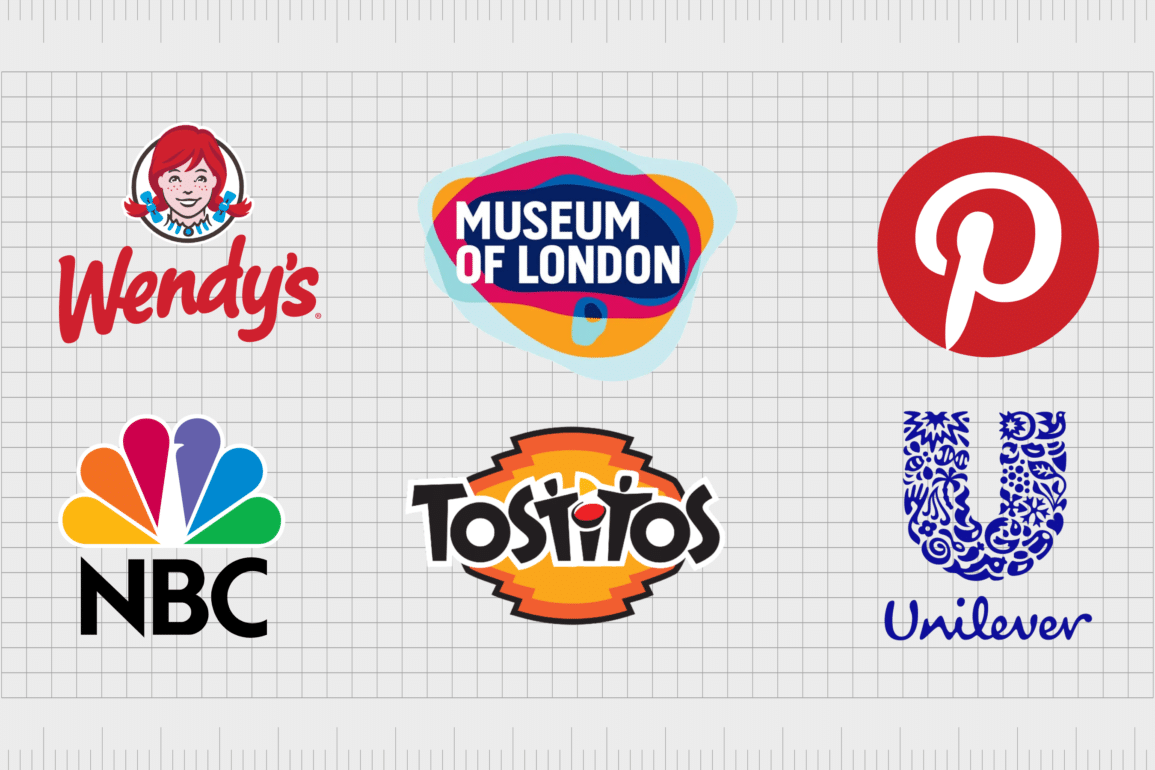Iconic American Logos: Meanings and Hidden Details
Certain American logos transcend branding to become cultural symbols. Their effectiveness lies in simplicity, memorability, and often, embedded meaning.
Apple
The bitten apple signifies knowledge, referencing Newton or the biblical story. Its simplicity allows universal recognition. The bite ("byte") also nods to technology.

Nike Swoosh
Designed for $35 by Carolyn Davidson, the Swoosh embodies motion and speed, reflecting the wing of Nike, the Greek goddess of victory. Its fluidity makes it timeless.
Coca-Cola Script
The flowing Spencerian script, created in 1886, evokes tradition, authenticity, and American nostalgia. The distinct red color boosts recognition and excitement.
McDonald's Golden Arches

Initially architectural markers for restaurants, the merged "M" became one of the world's most identifiable symbols, representing fast service and familiar comfort food.
Starbucks Siren
Inspired by a 16th-century Norse woodcut, the twin-tailed siren reflects Seattle's maritime heritage. Her gaze connects directly with customers, suggesting allure and discovery.
FedEx
Look closely between the "E" and "x" – a subtle white arrow signifies precision, speed, and forward direction. This hidden element elevates its design genius.

Amazon
The arrow pointing from "A" to "Z" indicates they sell everything. It also forms a smile, conveying customer satisfaction. The orange hue resembles a dimple.
Pepsi Globe
Beyond representing a smile (like Amazon), recent iterations subtly allude to concepts like magnetic fields or Earth's geodynamics, aiming for a sense of global energy.
These logos succeed by combining:

- Instant Recognition: Clean forms that endure trends.
- Strategic Symbolism: Conveying core values (speed, trust, joy).
- Emotional Resonance: Connecting on a nostalgic or aspirational level.
- Hidden Depth (Sometimes): Details rewarding closer inspection.






